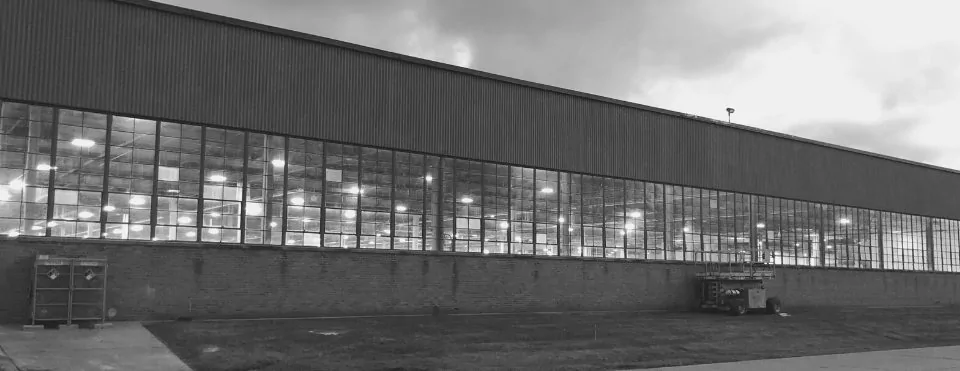All Charged Up for EV Cars
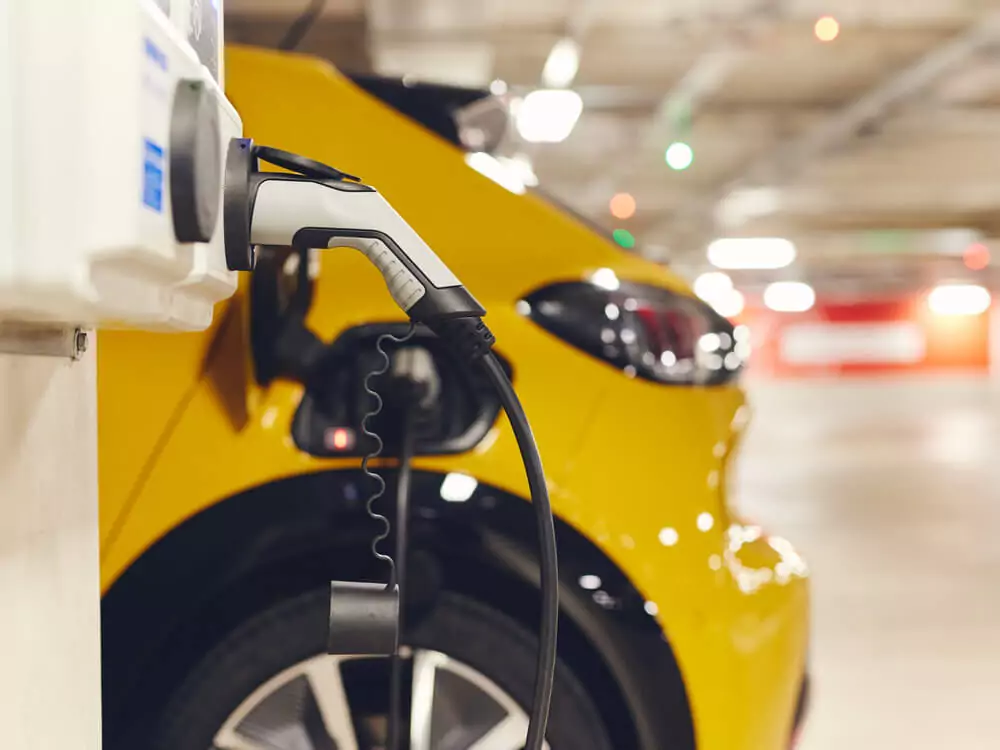
Jun 12 2022
A lot has changed in just the past few months around EV (electric vehicle) car charging, so it makes for a great topic for our November newsletter. The recent passage of Illinois legislation in September that supports Rebates for EV car charging stations was dovetailed nicely by the huge infrastructure spending bill that passed this month.
Why Commercial and Government Buildings Are Curious Around EV Car Charging
This comes down to one word – customers. There is a growing number of EV cars on the road today, with almost 7% of all drivers owning one electric vehicle, and according to the PEW Research center, a whopping 39% considering one for their next purchase.
Whether you are a library or McDonalds – some of your customers are driving these vehicles and they need charging. Owners can likely charge them at home – but great customer service organizations are considering how and when they will put these around their buildings for patrons to use.
Not only are customers looking for charging services, but also employees (and this is a very competitive employment market). Additionally, many of our commercial and municipal customers are considering electric or plug-in hybrid electric vehicles for their fleet of vehicles in the next few years. The ease of access to charging these vehicles and the range of miles per charge of the vehicles themselves is crucial for successful implementation of this kind of strategy.
Types of Vehicles
The most notable electric vehicles are Tesla cars, which have ranges around 300 miles and only have an electric system (no combustion engine). Almost all major vehicle brands are making major commitments to producing this type of vehicle in the future, and there are huge economies of scale coming our way. EVs have less maintenance requirements than a traditional car – as they lack the need for oil changes and many of the combustion engine parts that fail.
Commercial EVs are coming. Not just huge long haul trucks, where both EV and automation will change that industry forever – but even small and local commercial vehicles. Our company has been renting boom trucks for some time, and are considering a purchase of one in 2022. However, I recently saw that Ford has an EV version of this style vehicle planned, perhaps giving good reason to continue renting for a while longer. We have two commercial vans, and I fully expect those to be the last two combustion engine vehicles our company will ever buy. While the Ford F150 Lightning received all the buzz, there are many more vehicles being planned from all major manufacturers.
Plug-in Hybrid Electric Vehicles (PHEVs) are also an incredible opportunity, especially for public safety vehicle usage. These vehicles plug in and operate like a full Electric Vehicle for trips under a certain distance, usually 20-40 miles. After that, the vehicle works like a traditional hybrid. I have owned a PHEV for 3 years – benefiting from all EV usage on most of my lifestyle and work usage, but able to take the family to Door County or further without concern around range and charging infrastructure. Now one of my favorite hobbies is trying to find a charging station in towns I visit.
Types of Chargers
There are several types of chargers, and not all need to be the fastest charging available. In fact, for most of our commercial and government buildings – they are looking to be a part of the solution to EV charging infrastructure – not the answer to all charging for all vehicles.
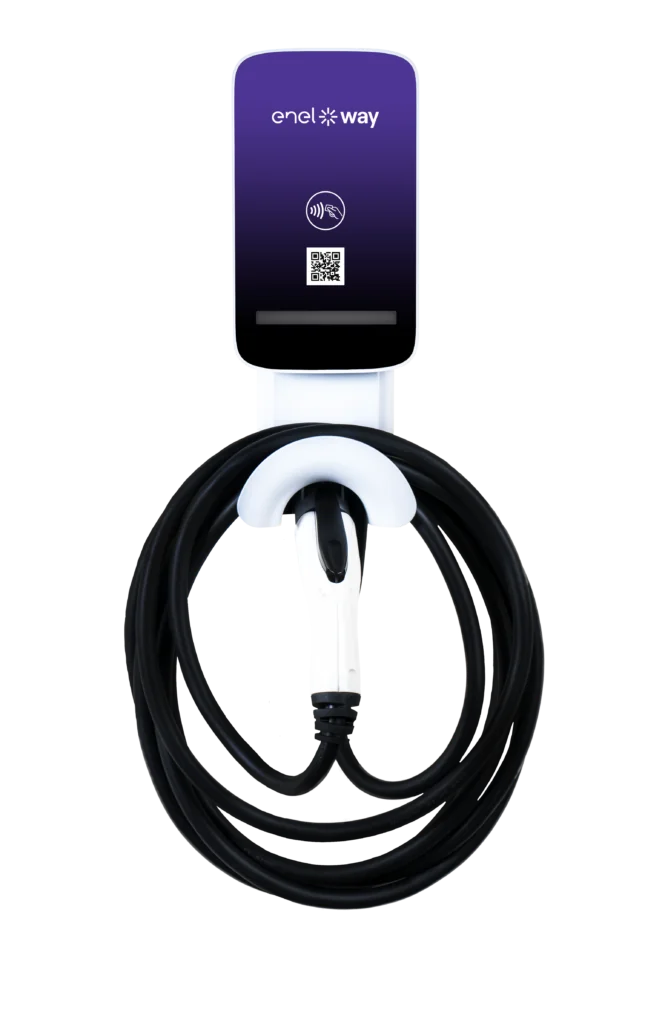
There are many variations for timing speed, but the two most important are voltage and amperage. When you combine these two, the higher the wattage possible and shorter the duration. Another way to think about it – the higher the combined voltage and amperage – the more miles you can drive per hour of charge.
Miles per hour charged is an important metric – less for the cross-country vacationer but more for the average commuting distance for a Chicagoan (30 miles or less typically). Can the average coffee shop provide 10 miles of charging in an hour? Can the average library provide 20 miles of charging in an average visit? Can a McDonalds provide 20 miles of charging in the time to eat a meal? The answer to all of these questions is yes, if you have the correct amperage and voltage.
Level 1 charging: 120 volts. This is commonly found in most home garages – works well for many applications. This is the charging level I use at home, at 8 amps, and I rarely run into issues charging our vehicle. In fact, I often time it to start at 10pm, so that I am charging at the lowest prices on real-time pricing for Comed.
Level 2 charging: 240 volts and up to 80 amps. You can get up to 52 miles of driving out of an hour of charging, so you can see how a fast food customer can get fairly charged in the time it takes to eat a meal (unless you eat way too fast). If you wanted to sit for a few minutes to rest or make a call, you could get another mile or so for each minute.
Level 3 and DC Direct Charging: 480 Volts – very rare in Chicagoland buildings. DC direct is also very rare, typically from one battery to another and very fast in the first few minutes. These are not common situations for our customers to think about – this will eventually be something that interstate transportation will need to solve.
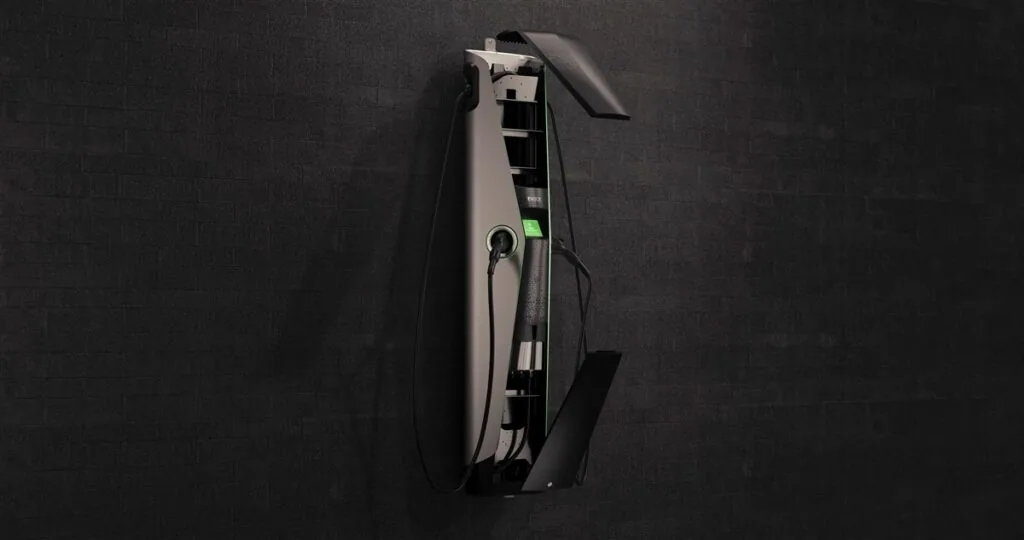
What Does it Cost to Install an EV Car Charging Station?
Installing an EV car charging system is not expensive. In fact, it can be as simple as plugging into any 120 volt outlet and almost all EV cars come with a version of this cord.
Installing a more complex system is required for commercial spaces that want to officially offer this to patrons or the public. For me, speed is less the focus and access is the primary goal. You don’t need to add huge electrical service to your building – you just need to work with what you have available. If you have 120 volt service, what amps are available on your system to add charging. We commonly install 30 amp and 40 amp charging stations – which is enough for public access.
These typically cost $5,000 or less to install – and factors that influence this are distance to the charging area from the breaker box, prevailing wage labor requirements, and warranty desired on the system. And of course, if you need to break any concrete to run electrical into a parking lot, this is where costs can get incredibly high.
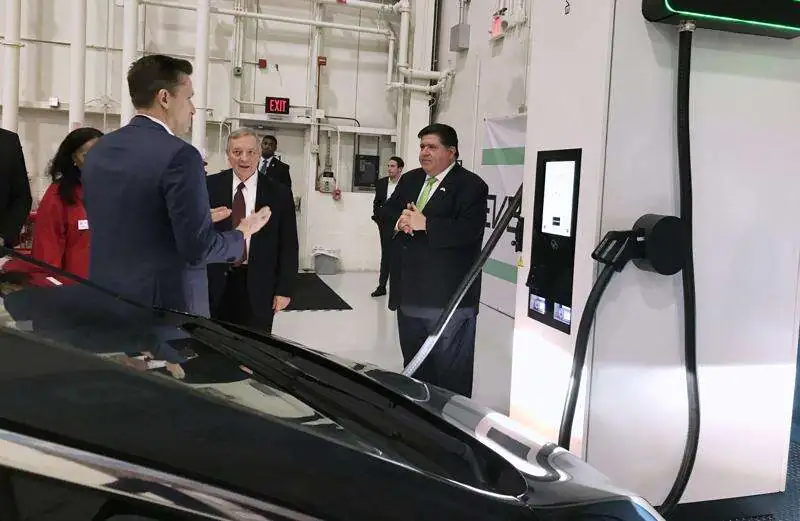
Who Pays for the Electricity?
To me, this is the most exciting part of EV car charging. We have focused on picking the right software solution for EV car charging, and made sure the physical charger works with it. While the early networks were very closed, like Chargepoint, newer systems like EVmatch are open and flexible to owners.
In fact, owners of charging stations can provide electric charging for free, generate revenue from the system, and anything in between. One of my favorite concepts is to provide customers with a free charge for a coffee or lunch – which is great marketing and costs way less than you would think. 52 miles in an hour for a charge can be as little as 50 cents in cost – pretty inexpensive marketing if you ask me. Slower speeds of charging would cost less, but still feel really good to customers. Good charging systems can offer free codes to enter at charging stations, or non-customers can still pay rates way above your cost of supplying the electricity, turning a cost into a profit source.
Finally, and the best part of this – you are supporting a mode of transportation that is less than half the carbon footprint of normal transit. This is why the federal and Illinois government are supporting it – which I will lay out broad numbers here, as the specifics will be updated as they are announced with the rollout of these new laws.
Federal and State Incentives
In addition to huge monetary incentives for owners to purchase EV vehicles, there are infrastructure funds available. The recent Illinois CEJA law that passed in September includes up to $80 million per year for Illinois charging stations and infrastructure. The $1.2 trillion federal Infrastructure Bill includes another $7.5 billion for charging station infrastructure – a huge additional benefit that may overlap with our Illinois funding.
Even some municipalities are getting into the charging incentive game – with Naperville offering $500-$700 per station installed and every month more towns and services will offer incentives. The electric utilities like Comed are especially poised to benefit (and therefore offer incentives) on charging station infrastructure – since each station adds more revenue and is typically off peak hours.
Illinois’ Electricity Mix: A Diversified Landscape for Charging EV Batteries
Illinois boasts a unique blend of sources for its electricity generation. Here’s a breakdown of the key players including Nuclear, Coal, Natural Gas, Renewables, Biomass, Petroleum and Hydroelectric.
As of 2024, nuclear power reigns supreme, accounting for a whopping 52.1% of the state’s net generation. This makes Illinois the top nuclear power producer in the US, which is critical since Nuclear power generation does not release carbon dioxide or other global warming gases. Six nuclear power plants with 11 reactors contribute to this impressive share.
Despite its decline across the country, coal still holds a sizable portion of our Illinois power, generating 21.5% of the electricity. However, the state is actively transitioning away from coal due to environmental concerns. In fact, several plants have been shut down in Chicago the past decade, both reducing our reliance on coal and vastly improving our air quality.
Natural Gas is a versatile fuel provides 12.8% of the mix, offering flexibility and quick response to changing demands. This fuel has about half the carbon dioxide than coal, and the plants can start and stop very quickly making them great for peak plants and helping the grid when it is drawing maximum power.
Finally, wind power is the leading renewable source, contributing 12.2%, followed by solar at 0.9%. While currently smaller, renewables are experiencing significant growth. In addition, biomass and hydroelectric both play a small role in our energy production for electricity, with less than 1% each.
Some interesting notes about Illinois Electricity production is that Illinois is a net exporter of electricity, sending about 20% of its generation to other states. The state is actively pursuing clean energy goals, aiming for 25% renewable energy by 2025 and 50% by 2030.
Illinois’s electricity landscape is poised for change. While nuclear power remains a major player, its future is uncertain due to various factors. Coal is expected to continue declining, while renewables are projected to see significant growth. The state’s commitment to clean energy bodes well for a more sustainable future.
So you can feel good about installing EV Car Chargers in your business in Illinois because our electricity is over 70% free from global warming gases. This is a huge advantage to our state, and one that makes it even more compelling to adopt EV vehicles for fleets and home.
Featured Posts
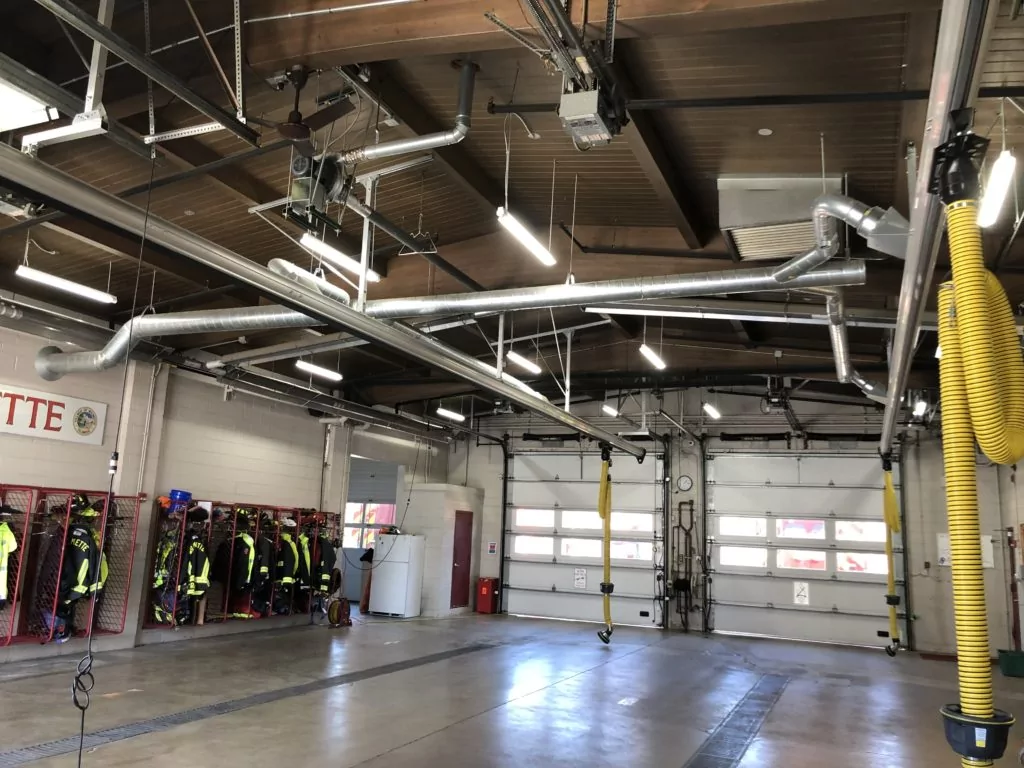
Mar 15 2021
Energy Savings Formula
In 2002, I became a firefighter in the north suburbs of Chicago. I was young and idealistic - loving almost every part of the job. However, I had another secret passion - sustainability. In addition…
Continue Reading >

May 02 2019
Verde Energy Efficiency Experts 10 Most Sustainable Companies in Chicago
In our energy efficiency consulting firm, we constantly look for inspiration from local companies that lead and innovate in clean energy and sustainability. Not all companies have billion dollar budgets, but that doesn’t mean that…
Continue Reading >
Related Articles
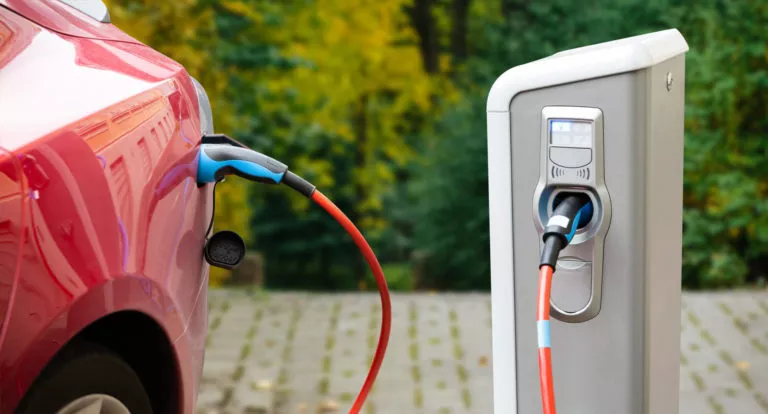
Apr 17 2024
Public EV Car Charging Technology Advancements
Where Will This Fast Moving Market Move? Electric Vehicles are quickly gaining market share in Illinois and in the United States. In fact, they rose from 5.9% of the market in 2022 to 7.6% in…
Continue Reading >
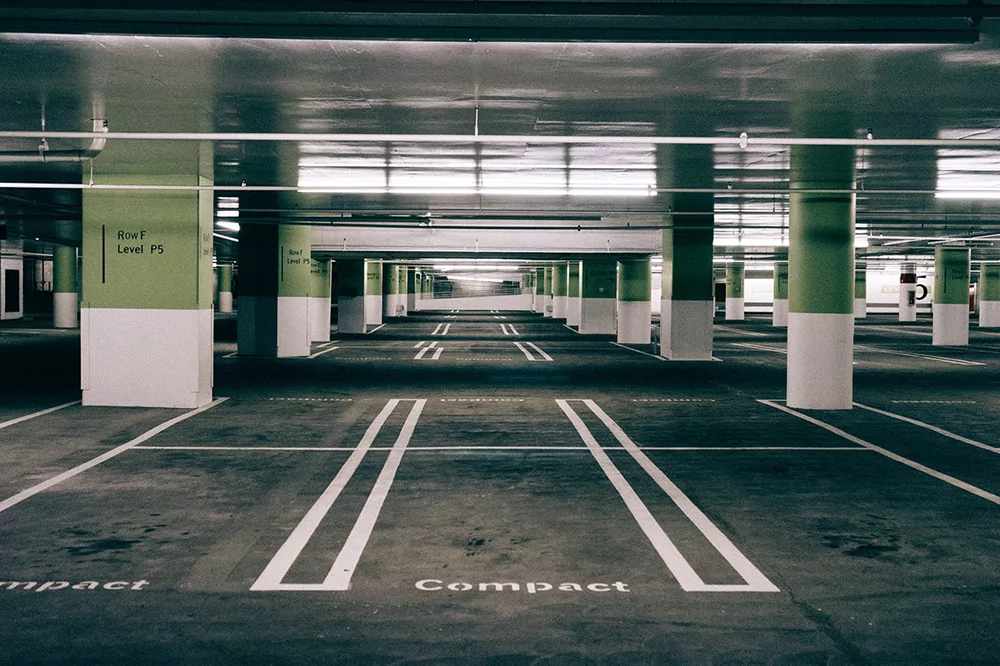
Nov 22 2023
Does Installing an EV Charger Make Sense for Your Hotel?
Gearing Up for the EV Revolution: A Comprehensive Guide to EV Charging Stations for Illinois Hotels The hospitality industry is constantly evolving, adapting to the ever-changing needs and preferences of its guests. As the world…

